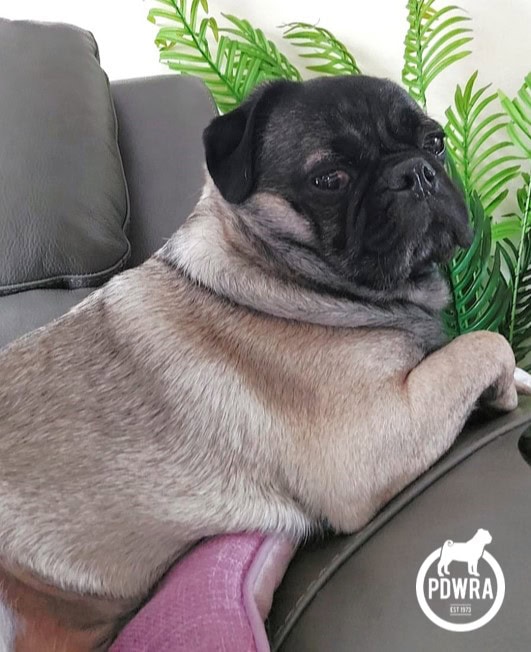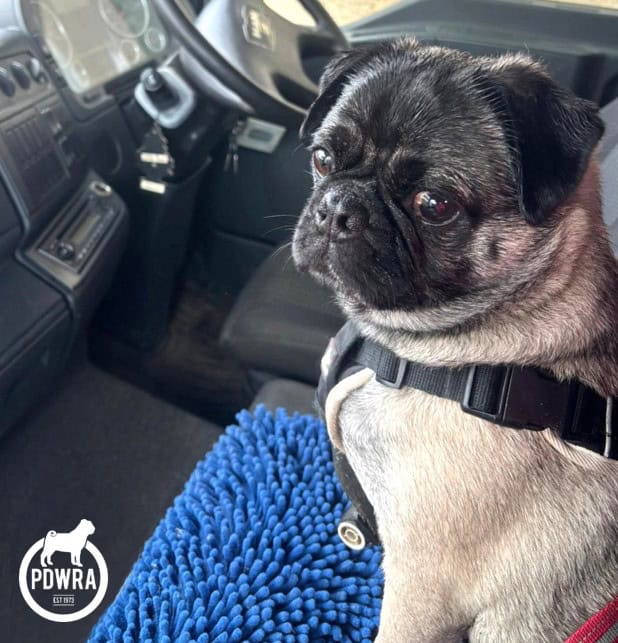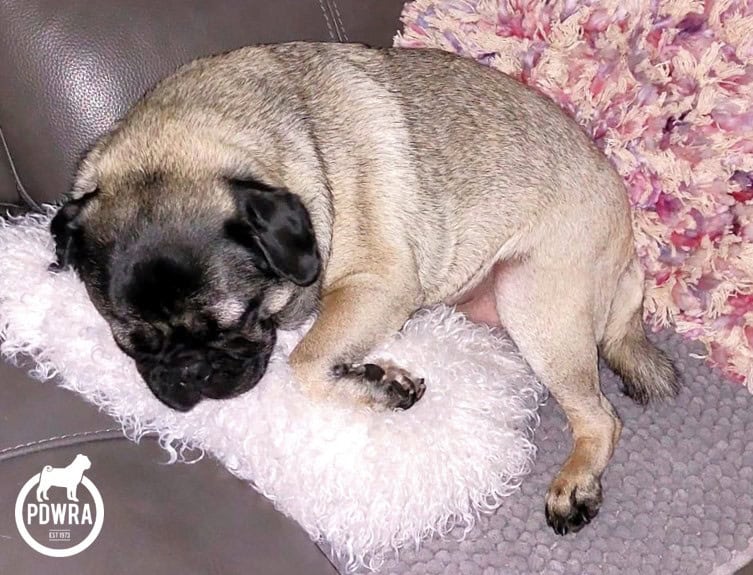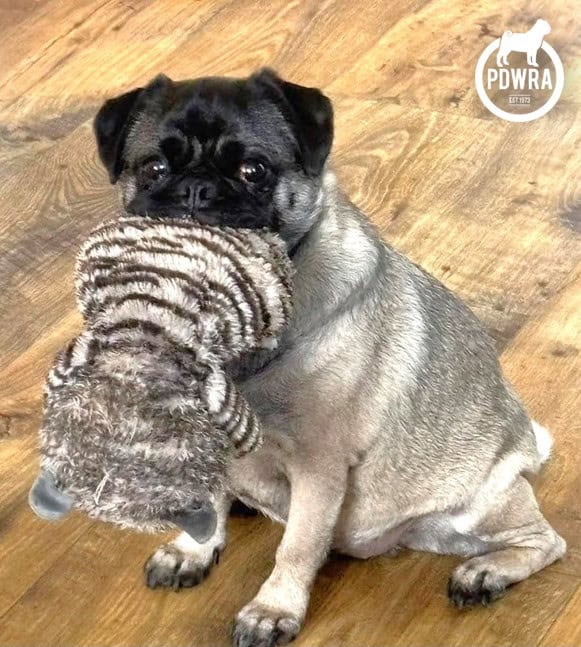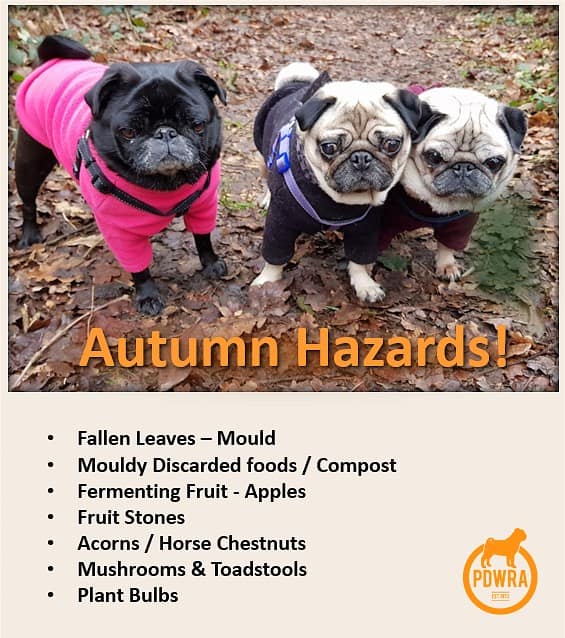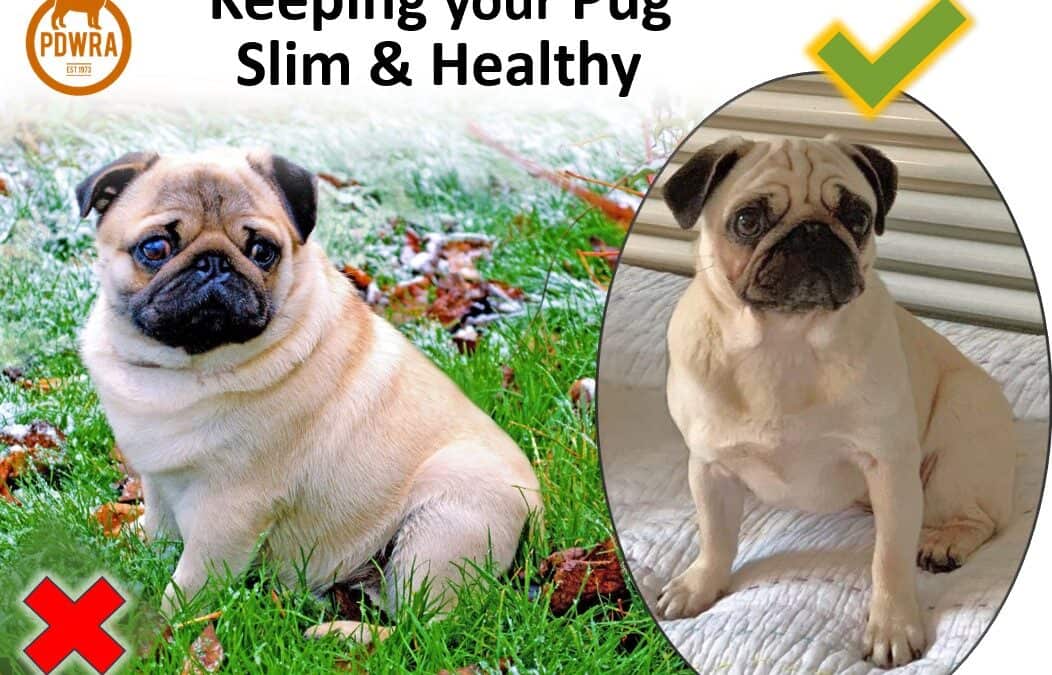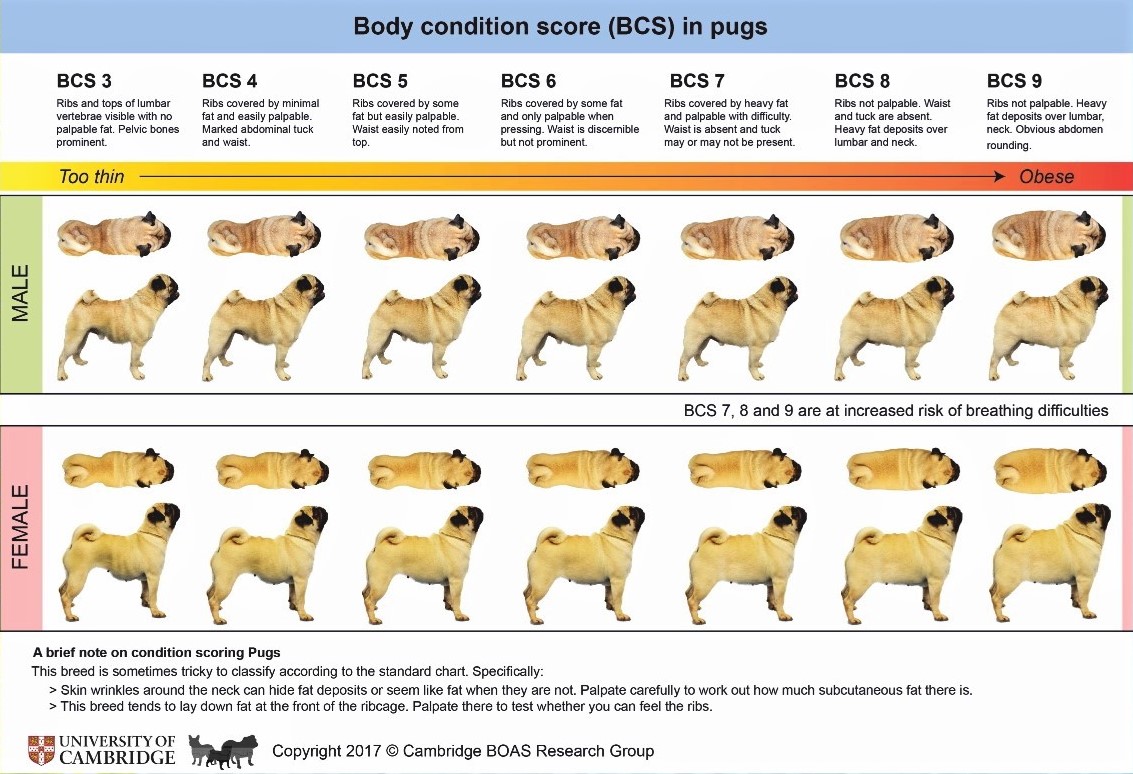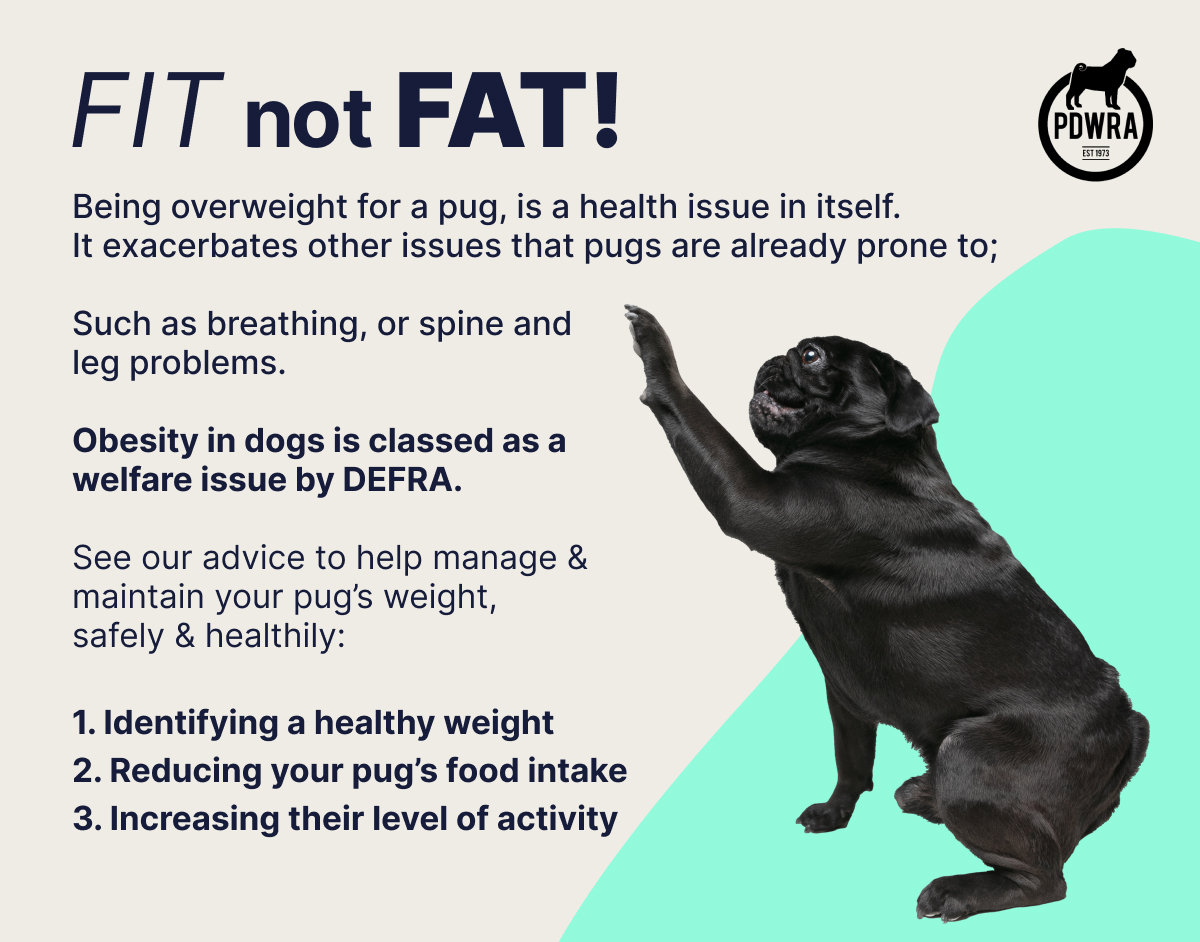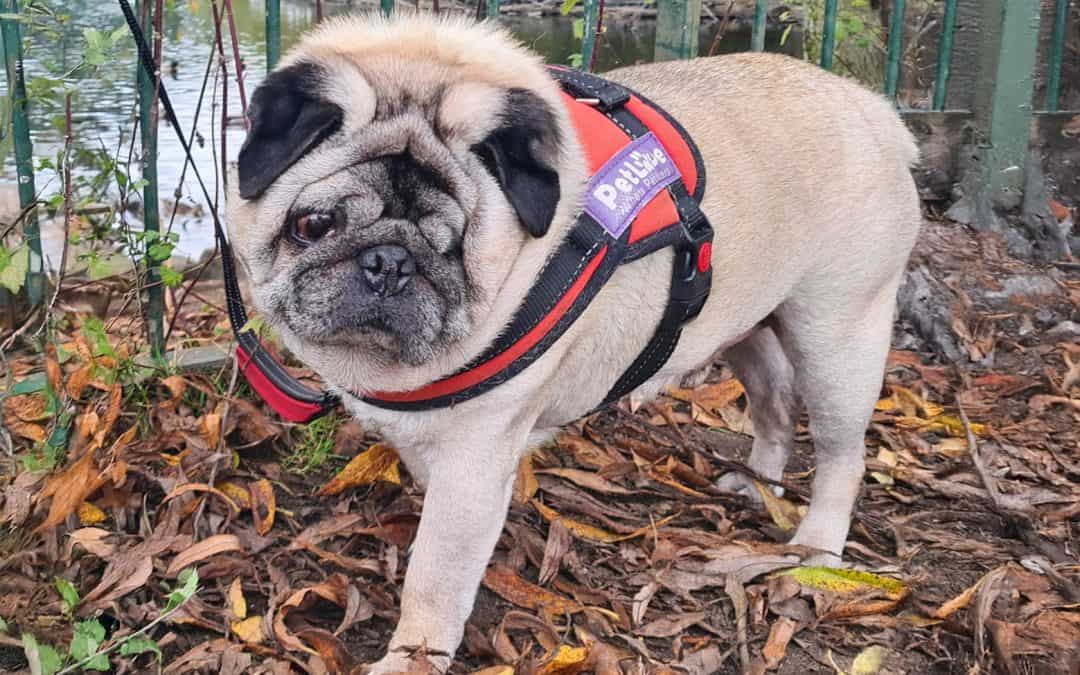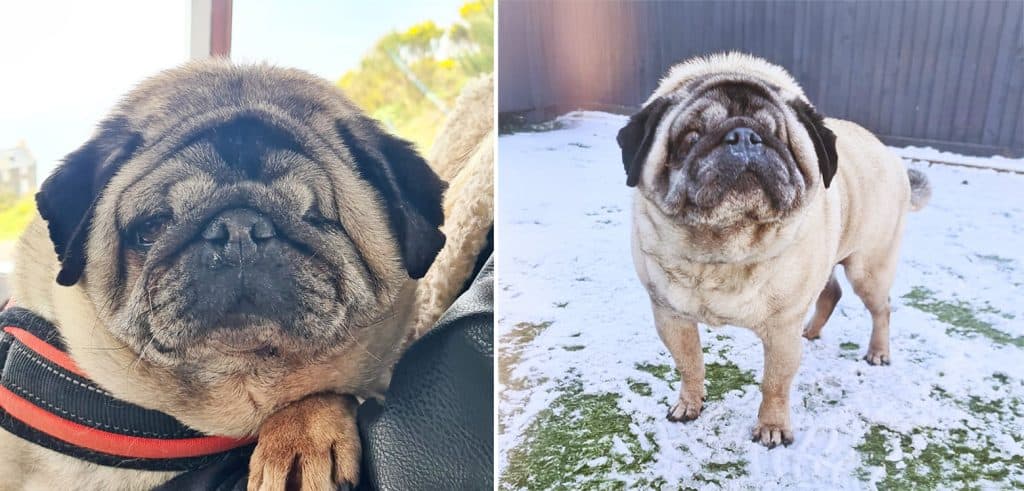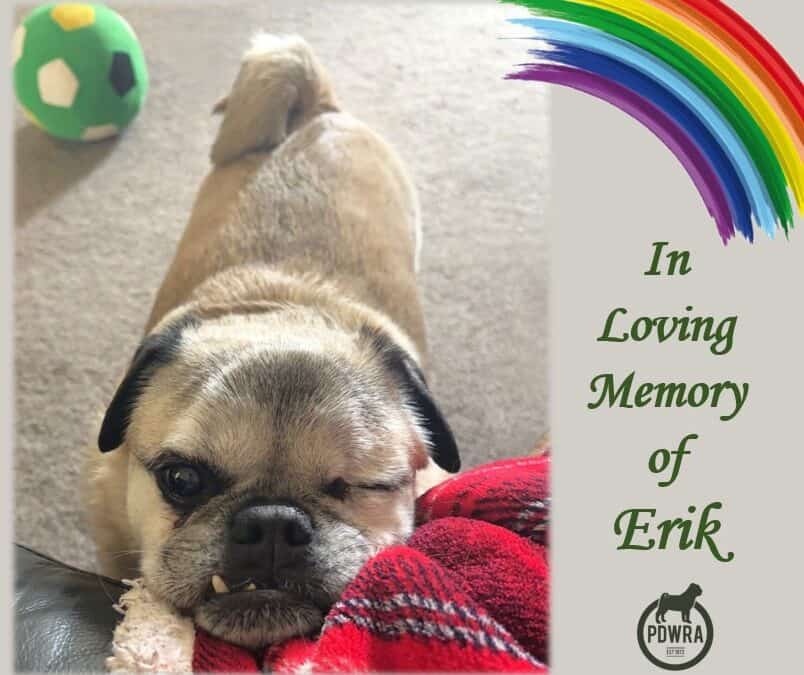
In Loving Memory of Erik!
by Yasmin | 29 Oct, 2025 | Blog, In Memoriam
For Erik, Our Pudding!
“I’ll never forget the day I met my little pudding, Erik. A cold night in January of 2015, my parents and I were visiting my grandparents when late into the evening my mam got a phone call – she just had to leave for something, and I couldn’t know why.
Half an hour later she walks up to the back door with a rather podgy thing following behind her. I couldn’t believe it, my very own pug after many years of being told ‘no you’re not getting one’. That night he curled up into a little ball on my bed, finally he was in a safe and loving home.
I could sit all day and talk about all the funny stories we have of our little piggy, but nothing I say feels like it does the justice of describing his quirky little character – for a small thing, he had a huge personality. Instead, I’ve written a poem, and I would say it’s for him but rather selfishly I feel it may be more for me!
So, here’s to you Puddin’…
Travelling in a Taxi alone,
A life of abuse and hurt was all you had known.
Until you came to live with us,
You were always barking, always making a fuss.
But we loved you and your grumble,
Your soft snore, your playful mumble.
Mam’s little Prince,
Life hasn’t been the same since.
For the last time we packed away Lambsy and your lead,
Come back now Puds I plead.
Your goofy teeth that looked like a smile,
Made every moment more worthwhile.
Seeing your tail wag,
Each day felt brighter, like less of a drag.
Dad’s Piggy Wiggy Woo,
We miss you.
That little twinkle in your eye,
The hardest goodbye.
My best boy, my confidant,
A breath so stinky strangers would recant.
From primary school to university,
You brought love and vitality.
My gorgeous Puds,
My tears flow for you in floods.
Through all the days and all the time,
Until we meet again the memories of you will shine.
We love you so much,
The things I would do for one last ‘Cwtch’.
Sleep well our boy,
Our bond is something you cannot destroy.
Our little Pig,
The hole you have left is oh so big.
I’ll never forget the day I met my little pudding, Erik.”


